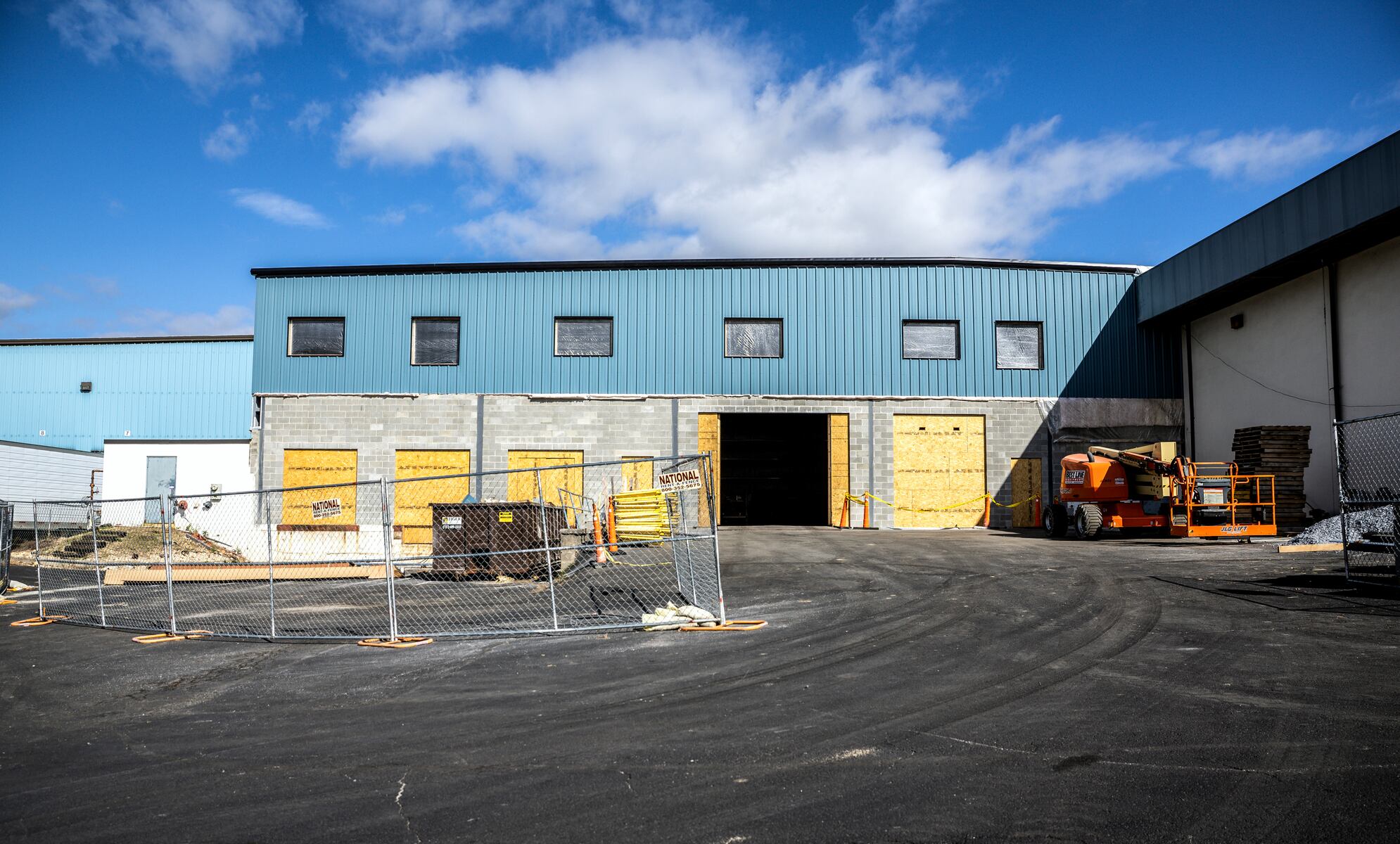Top Stories
Urgent Update: Pennsylvania Construction Industry Faces Major Slowdown

UPDATE: The construction industry in Pennsylvania is experiencing a significant slowdown, with major impacts on builders and homeowners alike. Business owners like Greg Harris, of G.P. Harris Construction, Inc., report a stark decline in remodeling inquiries, reflecting a troubling trend that mirrors national declines in construction spending.
In a candid assessment, Harris explained, “Through 2023, we were extremely busy, and then it just seemed to be [people] lost the confidence to spend large amounts of money.” This downturn is indicative of widespread uncertainty driven by factors such as soaring interest rates, escalating material costs, and persistent inflation. The ripple effects are visible, as many homeowners are now opting for necessary repairs over cosmetic renovations.
The Association of Pennsylvania Realtors reported that the median home price in the state remained steady at $299,900 in September 2024, marking a 3.4% increase from the previous year. The Associated General Contractors of America further highlighted that for the first time since 2021, less than half of U.S. metro areas saw an increase in construction jobs from August 2024 to August 2025. According to chief economist Ken Simonson, “Construction employment has stalled or retreated… as owners pull back on projects in the face of higher costs.”
The situation is causing delays across all construction sectors, with commercial projects also feeling the impact. Notably, residential construction saw a slight uptick of over 5% in July, reaching an annualized rate of 1.4 million homes, according to government data. However, Brian Miller, a designer at EXCEL Remodeling in Lemoyne, noted, “Our normal eight to ten-week project backlog has dropped off in recent months.”
The construction landscape has shifted dramatically from previous years. Harris remarked, “I can’t remember a time when the number of contracts had dropped off so much,” adding that even during the 2008 housing bubble burst, their remodeling business thrived. He expressed concern over unique challenges faced today, including financing difficulties and the complexity of securing building permits.
The permitting process in Pennsylvania is particularly cumbersome, with each municipality operating under differing timelines and requirements. Mike Klinepeter, president of Pyramid Construction in Wormleysburg, emphasized the prolonged nature of project initiation, attributing delays to tougher financing conditions for owners.
High inflation continues to pose a barrier; since 2020, construction costs have surged by 18%. Recent tariffs imposed by the U.S. Commerce Department on timber and lumber imports, as well as kitchen cabinets and furniture, have further exacerbated price increases. These factors have led many homeowners to postpone ambitious remodeling projects.
As interest rates remain high—currently around 8.13% for home equity loans—potential clients are hesitant to commit to significant expenditures. The Federal Reserve recently cut interest rates by 0.25%, the first of two cuts anticipated this year, yet many builders remain skeptical about immediate improvements.
Looking ahead, Klinepeter predicts that 2026 may mirror the current climate, particularly if the partial federal government shutdown continues to stymie project funding. However, both Klinepeter and Harris maintain a cautious optimism, recognizing the cyclical nature of the industry. As Harris stated, “They say 2026 is going to be a good year in the remodeling world. Hopefully, the interest rates come down.”
The construction slowdown is affecting not just businesses but also the dreams and plans of countless homeowners across Pennsylvania. As the industry grapples with these challenges, builders and consumers alike are left waiting, watching, and hoping for a turnaround.
-

 Science2 weeks ago
Science2 weeks agoIROS 2025 to Showcase Cutting-Edge Robotics Innovations in China
-

 Politics2 weeks ago
Politics2 weeks agoJudge Considers Dismissal of Chelsea Housing Case Citing AI Flaws
-

 World2 weeks ago
World2 weeks agoBravo Company Veterans Honored with Bronze Medals After 56 Years
-

 Top Stories2 weeks ago
Top Stories2 weeks agoIndonesia Suspends 27,000 Bank Accounts in Online Gambling Crackdown
-

 Lifestyle2 weeks ago
Lifestyle2 weeks agoStone Island’s Logo Worn by Extremists Sparks Brand Dilemma
-

 Health2 weeks ago
Health2 weeks agoStartup Liberate Bio Secures $31 Million for Next-Gen Therapies
-

 Sports2 weeks ago
Sports2 weeks agoMel Kiper Jr. Reveals Top 25 Prospects for 2026 NFL Draft
-

 Health2 weeks ago
Health2 weeks agoTop Hyaluronic Acid Serums for Radiant Skin in 2025
-

 World2 weeks ago
World2 weeks agoHoneywell Predicts Record Demand for Business Jets Over Next Decade
-

 Politics2 weeks ago
Politics2 weeks agoNew Jersey Voters Urged to Register Ahead of November Election
-

 Lifestyle2 weeks ago
Lifestyle2 weeks agoMary Morgan Jackson Crowned Little Miss National Peanut Festival 2025
-

 Sports2 weeks ago
Sports2 weeks agoYamamoto’s Mastery Leads Dodgers to 5-1 Victory in NLCS Game 2









